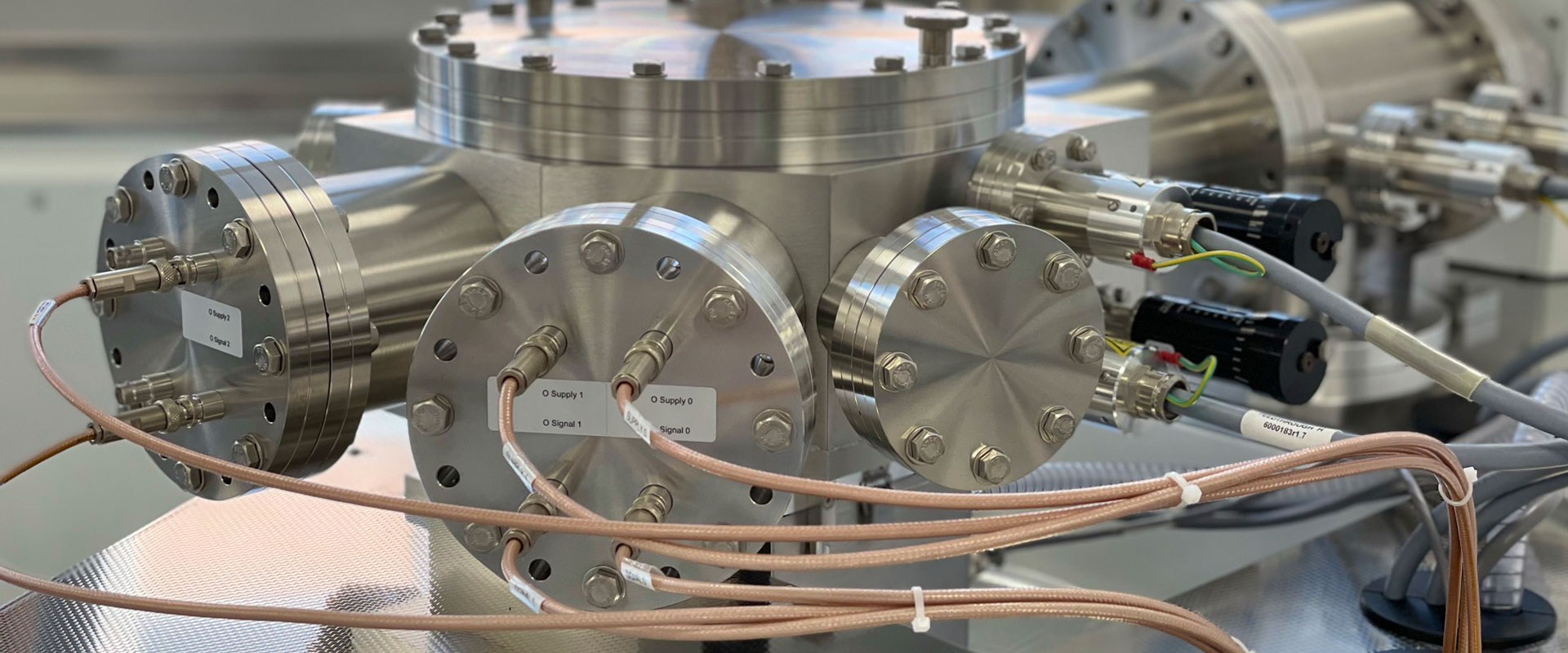Die Montanuniversität Leoben trauert um Wolfhard Wegscheider, der im Alter von 75 Jahren am 03. März 2025 unerwartet verstorben ist.
Als Rektor der Montanuniversität Leoben und langjähriger Professor am Lehrstuhl für Allgemeine und Analytische Chemie prägte er die Universität nachhaltig. Wolfhard Wegscheider studierte an der Technischen Universität Graz mit dem Hauptfach Technische Chemie. Seine Diplom- und Doktorarbeit absolvierte er im Bereich Analytische Chemie mit Schwerpunkt Spuren- und Umweltanalytik und promovierte 1976 an der TU Graz.
Als Fulbright-Stipendiat arbeitete er in Denver, Colorado an der energiedispersiven Röntgenfluoreszenzspektrometrie. Seine Lehrbefugnis erhielt er 1980 an der TU Graz und wurde 1989 Assistenzprofessor. 1990 folgte ein Forschungsaufenthalt bei Philip Morris R&D in den USA. 1994 wurde er als Professor an die Montanuniversität berufen. Er war 1995 bis 2001 Studiendekan und 2003 bis 2011 Rektor der Universität. Wolfhard Wegscheider emeritierte als Lehrstuhlleiter und Professor im Jahre 2018.
Eine der dringlichsten Aufgaben als Rektor war die Implementierung des UG 2002 mit der Vollrechtsfähigkeit der Universität. Das Rektorat entwickelte mit strategisch-visionärem Blick die Universität zu einem Campus. In diesem Sinne kann Wolfhard Wegscheider als „Baumeister des Campus Montanuniversität Leoben“ bezeichnet werden. Er initiierte ebenso die Gründung der “TU Austria”, als Allianz der technischen Universitäten Österreichs, um Zusammenarbeit von Forschung und Lehre nachhaltig zu stärken.
Als Rektor legte Wolfhard Wegscheider großen Wert auf ein gutes Miteinander mit allen Universitätsangehörigen. Er war davon überzeugt, dass eine erfolgreiche Hochschule nicht nur von exzellenter Forschung und Lehre lebt, sondern auch von einem respektvollen und wertschätzenden Arbeitsumfeld. Er wusste um die Herausforderungen der Mitarbeiter*innen und schätzte ihren Einsatz.
Wolfhard Wegscheider war ein international renommierter Experte auf dem Gebiet der Analytischen Chemie, insbesondere im Bereich der Metrologie, der Wissenschaft des Messens. Er leistete Pionierarbeit im Bereich Qualitätssicherung und Unsicherheitsbewertung von Messungen und war maßgeblich an der Entwicklung von Traceability-Konzepten in der chemischen Analytik beteiligt.
Seine Arbeiten trugen wesentlich dazu bei, dass analytische Messungen in der Chemie besser standardisiert, nachvollziehbar und international vergleichbar wurden. Als angesehener Wissenschaftler war er in internationalen Fachgremien tätig, unter anderem in der IUPAC, der EURACHEM und der CITAC, wo er als Chairman fungierte ebenso wie im Vorstand der Austrian Society of Analytical Chemistry (ASAC).
Wolfhard Wegscheider war die akademische Lehre ein besonderes Anliegen. Neben der regulären Lehre engagierte er sich intensiv für die universitäre Weiterbildung. Er erkannte früh die Bedeutung lebenslangen Lernens und setzte sich für qualitativ hochwertige Lehrgänge ein.
Mit Wolfhard Wegscheider verliert die Montanuniversität Leoben nicht nur einen visionären Wissenschaftler, sondern auch einen engagierten Humanisten und geschätzten Kollegen. Sein wissenschaftliches Vermächtnis wird weit über die Universitätsgrenzen hinaus Bestand haben.
Die Montanuniversität wird ihm stets ein ehrendes Andenken bewahren. Unsere Gedanken sind bei seiner Familie, die ihm stets das Wichtigste war und ihm in allen Lebenslagen Halt gab.
Ein letztes Glückauf!

